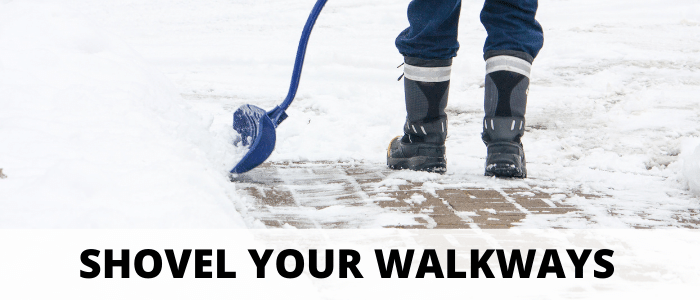1. Set A Loading Date
When planning for winter moving, create a buffer of 2-3 days prior to closing for loading your shipment allowing you to vacate your home on-time not creating contractual issues. This also allows you to get a head start traveling to your destination.
2. Keep an Eye on Weather for Winter Moving
Set a reminder to check the weather at least a week leading up to your move date, right up until the movers are scheduled to arrive. It’s best to discuss the possibility of weather hindrances and rescheduling policies with us at that time. That way, everyone is on the same sled, and you can have a backup plan should weather
delay or postpone your winter moving experience.
3. Stay Warm
Make sure you have a heavy coat, hat, gloves, thermals, heavy socks, and warm waterproof shoes/boots. Place a portable heater, if available, into one dedicated, door closable, ‘warm room’ that can serve as a place you can warm up during much-needed breaks. Have children and pets offsite during loading and unloading.
4. Winter Survival Kit
Be prepared for most issues that could arise on your way to your new home. Store in your vehicle: Extra clothing, Snow boots, Gloves, Scarves, Sock Hat, Blankets, Flashlights, Window Scraper, Window De-Icer, Windshield Washer Fluid, Antifreeze, Jumper Cables, Tool Kit, First Aid Kit, Shovel, Sand/Kitty Litter, Food.
5. Do Not Pack Liquid Items
One of the top winter moving tips is to not pack liquid items as they can freeze and burst causing damage to your items that will not be covered by insurance.
6. Plants Will Not Survive Winter Moving
Plan on giving your plants to someone who will care for them prior to your move.
7. Do Not Shut Off Your Heat
Don’t shut off the heat in your home on loading or delivery day but lower the temperature on the thermostat to prevent any pipes from freezing or frost forming on hard surface floors. External doors will be open much of the day.
8. Origin Residence
Clear the walkways, driveway, steps, porch and curbside to be free of ice and snow prior to the mover’s arrival. Also, check to make sure you have 100 feet of curb parking directly in front of your home and find out if it is on a city or state Snow Route. Be prepared for continual clearing of these areas that day if snow persists.
9. Destination Residence
Just as you did at your prior residence, you’ll need to clear snow, ice or anything that could be a potential safety hazard. You should have your destination realtor arrange for a snow removal company to come in day prior or first thing on delivery day because all of your snow clearing items will be on the truck.
10. Have Utilities Turned On
The last thing you want is to show up at your new residence, in the dead of winter with no working heat, lights and water. Make sure these utilities start two days prior to your arrival.
11. Appliances
Should not be reconnected in your new home until the next day allowing these to get to room temperature. Residual water in washers, water softeners and icemakers need time to thaw before operating.
12. Electronics
Condensation inside of electronic items will form due to the difference of the temperatures in the homes and on the truck. It is highly recommended these sit in your destination home for 24 hours prior to reconnection.
13. Skip The Salt
When moving in winter, skip using salt. Use kitty litter on slick spots!
14. Floor Protection
The movers will put down floor protection but expect some minor clean up at the end of the day.
15. Treat Your Movers with Kindness.
Your move team will not be able to leave and get themselves a meal in bad weather, so it is always a kind gesture to have food and hot & cold beverages for them. Working in the cold, snow and wind makes for a very tough day. A generous tip, while customary but not expected, to each team member, warms the heart and shows your appreciation for above and beyond service.
Ready to make your move? Contact Cord Moving for a FREE QUOTE.







